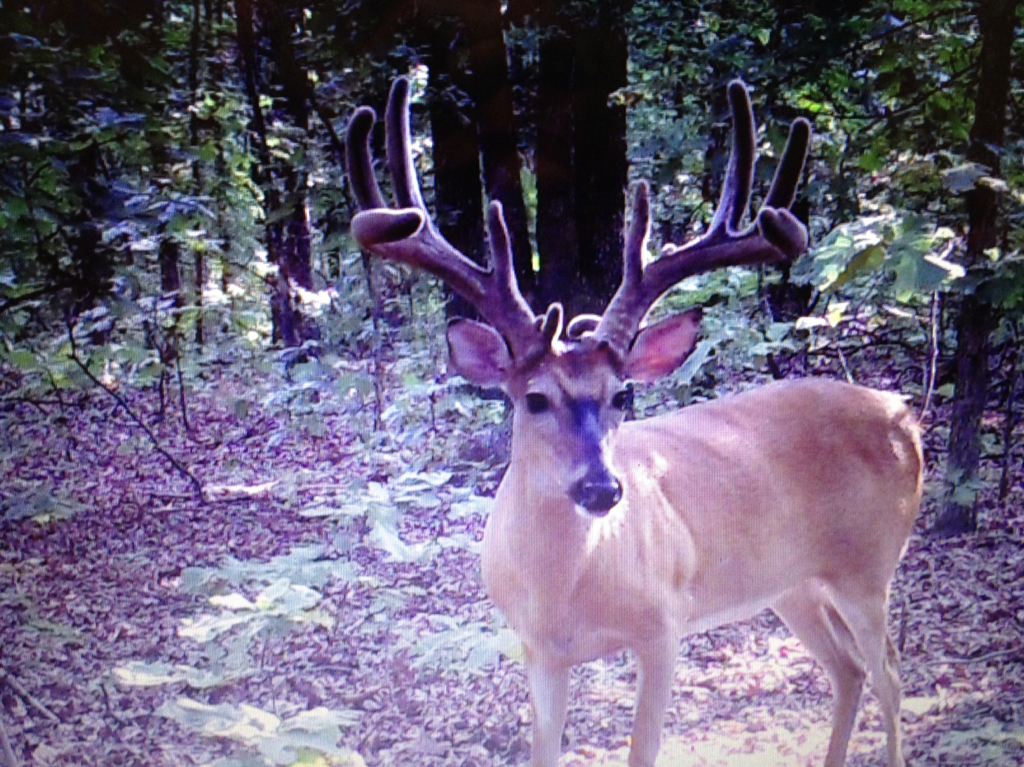Last week, I spent two days consulting on a beautiful, 400-acre farm in KY. The farm has it all-fields, streams wooded ridges, heavy cover. It holds a perfect population of deer and turkeys. The owner's major question was why he cannot produce mature bucks with wide racks. His bucks are protected until 4.5-yrs of age and are big, heavy and tall in antler scope. But the racks seldom pass 18-inches.
I explained two contributing factors to him, neither of which he can alter. They are genetics and adaptation. His deer do not genetically have the antler spread. This is due to adaptation to thick cover. Wide antlers match open spaces---the Midwest---crop fields and open plains. In areas of heavy cover, thick woods and thickets, bucks have developed through evolution/adaptation, high, more narrow antlers.
In a nutshell, the best bucks you can produce are the best for your area. You cannot have IA-type antlers in TN. You can improve food, age and habitat. But you cannot change genetics, (legally). And, add to that if you concentrate on one genetic trait and attribute it to only male, i.e. selecting harvest based on antlers, you are ignoring the at least 60% contribution of the doe. Where is the trophy doe program?
Just food for thought.
I explained two contributing factors to him, neither of which he can alter. They are genetics and adaptation. His deer do not genetically have the antler spread. This is due to adaptation to thick cover. Wide antlers match open spaces---the Midwest---crop fields and open plains. In areas of heavy cover, thick woods and thickets, bucks have developed through evolution/adaptation, high, more narrow antlers.
In a nutshell, the best bucks you can produce are the best for your area. You cannot have IA-type antlers in TN. You can improve food, age and habitat. But you cannot change genetics, (legally). And, add to that if you concentrate on one genetic trait and attribute it to only male, i.e. selecting harvest based on antlers, you are ignoring the at least 60% contribution of the doe. Where is the trophy doe program?
Just food for thought.




